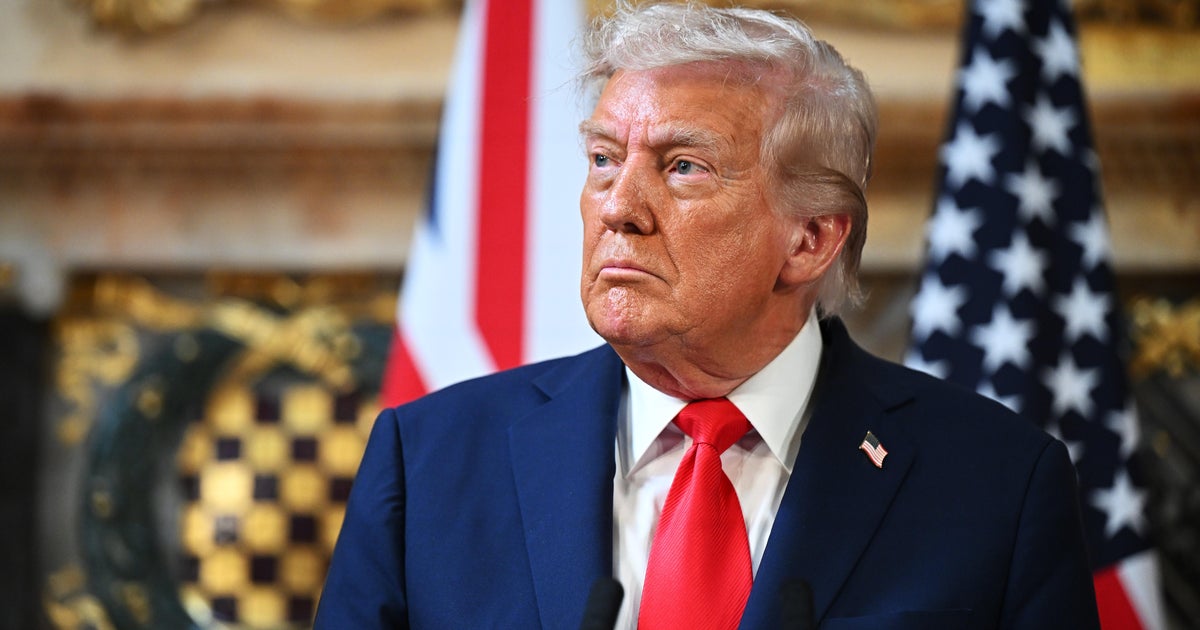OPEC+ Plans to Boost Oil Output Amid Market Shifts

OPEC+ Plans to Boost Oil Output Amid Market Shifts
OPEC+ has announced another increase in oil production, raising output by approximately 547,000 barrels per day for September. This decision reflects the group's ongoing strategy to adjust supply levels in response to global demand and market conditions. Following the announcement, oil prices dropped, with WTI crude settling lower as concerns about oversupply intensified.
Market Reaction and Economic Indicators
Despite the oil price dip, Asian shares and US equity futures showed gains, signaling optimism that Wall Street's rally could persist. This positive sentiment follows an inflation report aligned with expectations, easing fears of aggressive monetary tightening. Investors appear to balance inflation data with the implications of increased oil supply on energy costs and economic growth.
Outlook for Oil Prices and Global Supply
Forecasts suggest oil prices may continue to decline into early 2026 due to rising inventories from OPEC+ production hikes. However, lower prices could eventually curb supply growth, stabilizing the market later. This dynamic highlights the delicate balance between production strategies and demand trends shaping the energy sector's near future.
About the Organizations Mentioned
OPEC+
OPEC+ is an alliance formed in 2016 between the Organization of the Petroleum Exporting Countries (OPEC) and 10 additional major oil producers, including Russia, to coordinate oil production policies and stabilize global oil markets. While OPEC was originally founded in 1960 by five countries (Iran, Iraq, Kuwait, Saudi Arabia, and Venezuela) and has since grown to 13 members, OPEC+ expanded this group to better manage supply amid increasing competition from U.S. shale oil and volatile prices[1][6]. The primary function of OPEC+ is to set oil production targets collectively to influence global oil prices, aiming to balance supply and demand. This collaboration helps member countries secure steady revenues, stabilize markets, and provide consistent supply to consumers. Saudi Arabia, as the largest and most influential producer within the group, often plays a leadership role in managing production quotas, supported by Russia’s significant output[1][6]. Historically, OPEC+ emerged in response to the dramatic oil price drop due to surging U.S. shale production around 2014-2015. Since then, the alliance has played a crucial role in managing production cuts and increases to stabilize prices, especially in the face of global events such as the COVID-19 pandemic and Russia’s 2022 invasion of Ukraine, which caused oil price surges and market disruptions[1][4][6]. In recent years, OPEC+ has maintained a production management strategy, gradually increasing output while aiming for market balance. For 2025 and 2026, they plan to continue this approach, focusing on full compliance with quotas to maintain market stability despite ongoing uncertainties in demand and supply[2][6]. However, challenges persist, including internal disagreements, "quota busting" by members like the UAE, and the long-term impact of the global energy transition away from fossil fuels[4][6]. Notably, OPEC+ controls about 38-40% of global oil production, making







:max_bytes(150000):strip_icc()/GettyImages-2227392128-f95994034c8f47c38408febb9d015a6c.jpg)
